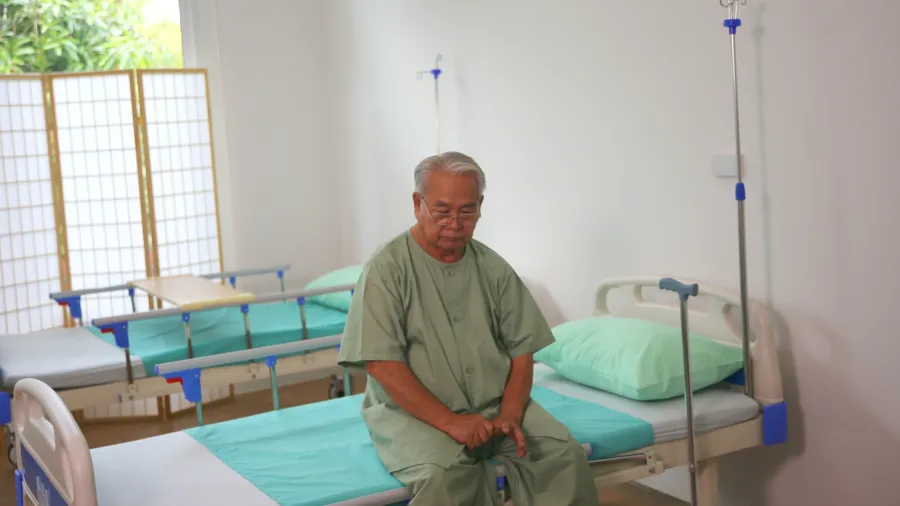
Patients suffer from Southeast Asia’s lack of unified health platform
The absence of a single ecosystem is hurting patients’ welfare.
A highly fragmented system and the absence of seamless data sharing among Southeast Asian healthcare providers are causing delays, redundant testing, and treatment errors, all due to inadequate patient information.
The fragmentation is made worse by public and private healthcare systems that operate independently without communicating with each other, said Ruch de Silva, head of Payer & Patient Solutions at DKSH Healthcare in Bangkok.
There are times when a general practitioner (GP) refers someone to a private specialist who doesn’t have access to the patient’s healthcare records. “We don't live in a world where a patient has all their health information at their fingertips,” he pointed out.
Singapore’s SingPass electronic identification service may provide access to health records, but it is not fully centralised. “Patients receiving care from private hospitals or standalone GP clinics may not have a health record that all providers can access,” he added.
Pharmacists also face the challenge of not having access to a patient’s complete medical profile. “Without knowing all the treatments the patient is receiving, it becomes challenging for the pharmacist to identify drug interactions and contraindications,” de Silva said.
This lack of information could complicate the management of patients with various health conditions and illnesses, he pointed out.
De Silva said Southeast Asian healthcare providers should have an integrated platform that connects both patients and healthcare providers within a single ecosystem. “We could have one source of truth.”
“I use an app to track the number of steps I take each day and another for continuous glucose monitoring,” he said, reflecting on his experience as a Type 1 diabetes patient. “Additionally, I use another monitoring app to log information about the food I eat and how I’m feeling,” he added.
Building on this, de Silva gave a scenario where all pieces of information are available on one platform, allowing easier access to and tracking of health data.
“When I visit my healthcare provider, they can see all of this information in one snapshot,” he said. “For a patient like me, this would be incredibly powerful for managing my lifestyle and improving my situation.”
He said a robust dataset would open opportunities to uncover patterns that could advance medical knowledge and predictive capabilities.
“If we had the patient's genetic profile and data from reported outcomes, lab tests, physical activity, and various biomarkers, we could gain a much clearer understanding of the cause of certain diseases," de Silva said.
De Silva said a centralised platform would benefit both patients and the industry despite data privacy and security concerns. Once these concerns are adequately managed, the integration could provide significant insights into patient welfare.
Though technology is crucial to bridge the gaps in healthcare, de Silva said it is not a complete solution on its own, adding that integration should be done online and offline.
“For the past four to five years, we have been investing heavily in local professionals,” de Silva said. “They include nurses who visit patients at home, conduct video calls, and provide essential support.”
This personal approach helps them explain complex medical information to patients. “This includes language and cultural considerations.”
De Silva said there is a need for stakeholders to work together to address the region’s healthcare challenges.
“People got together during the COVID-19 pandemic, but we are not seeing enough partnerships,” he said. “We need to find a sustainable approach involving public and private sectors to drive significant improvements.”
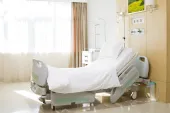

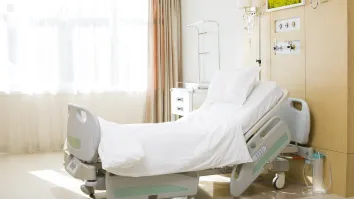
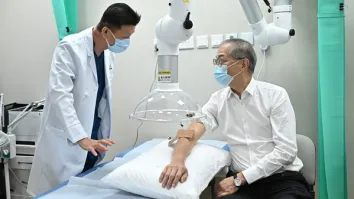

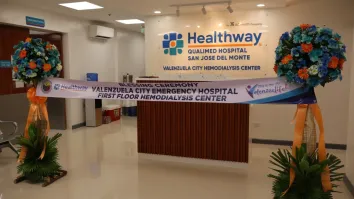
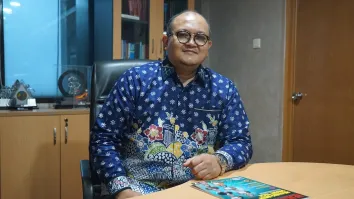












 Advertise
Advertise








